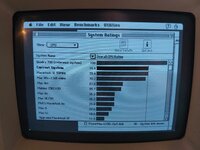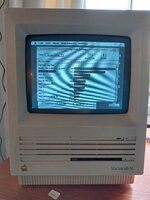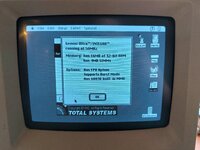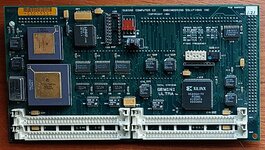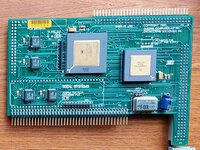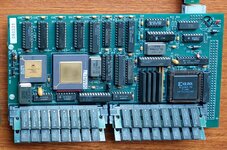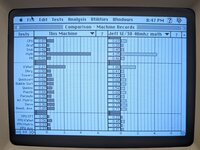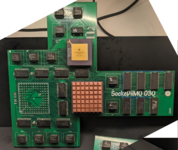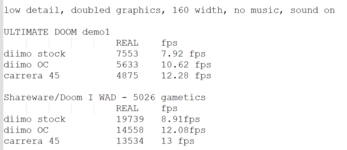zigzagjoe
Well-known member
So, I find the various accelerator designs for compact macs absolutely fascinating - but there's very little info out there on how the different designs stack up against each other. I figured I'd start a thread to have a place to gather some of that info.
Of course, I'm curious about how the assorted SE/30 designs stack up, since we've got a healthy variety between the vintage Tokamac 040s, Bolle's carreras, as well as the 68030 based cards like the Powercache, Diimo, and the simple clock doubler type (forgot the name). The 68030/68020 accelerators for the SE, Plus, and classics are also terribly interesting too, some of them strap most of a motherboard onto the original!
I'll kick the thread off with a SE/30, experimental Diimo clone @ 50mhz cache enabled. (No idea if the performance is representative)
Software used - MacBench 3.0, Speedometer 4.01, and Norton System Info 3.2.1. It might be useful to do Speedometer 3.x too... thoughts?
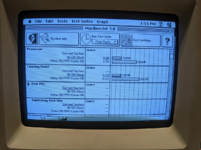
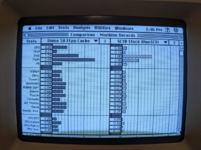
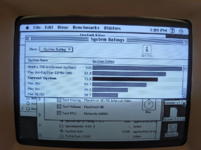
Of course, I'm curious about how the assorted SE/30 designs stack up, since we've got a healthy variety between the vintage Tokamac 040s, Bolle's carreras, as well as the 68030 based cards like the Powercache, Diimo, and the simple clock doubler type (forgot the name). The 68030/68020 accelerators for the SE, Plus, and classics are also terribly interesting too, some of them strap most of a motherboard onto the original!
I'll kick the thread off with a SE/30, experimental Diimo clone @ 50mhz cache enabled. (No idea if the performance is representative)
Software used - MacBench 3.0, Speedometer 4.01, and Norton System Info 3.2.1. It might be useful to do Speedometer 3.x too... thoughts?




